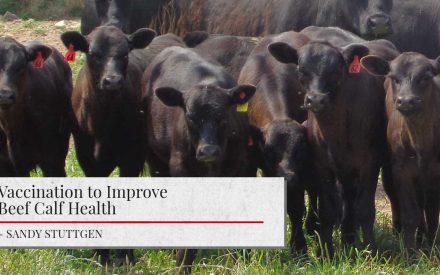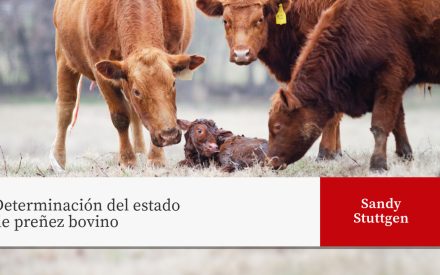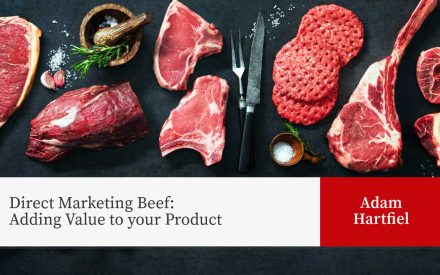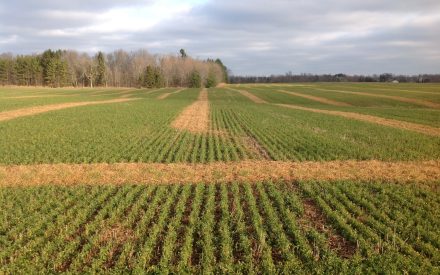This article was originally published in Wisconsin State Farmer
Many Wisconsin dairy farmers are breeding some of their dairy cows to beef. The calves from these matings are not raised as dairy replacements but are either raised by the dairy for beef or sold to a variety of calf and cattle operations. Dairy and dairy-beef calves that are sold as pre-weaned (wet) are particularly vulnerable to disease challenge as their young and immature immune system increases their susceptibility to disease.
Passive transfer of immune components in colostrum is the key for helping wet calves survive their next feeding phase after leaving the farm. It can be difficult for dairies to timely collect and deliver enough good quality colostrum to the calves they intend to raise as dairy replacements; let alone for those they plan to sell as beef. Calves intended for beef, however, must receive the same excellent colostrum as the female calves destined for dairy replacements!
Respiratory disease is the biggest health challenge to young calves entering beef production. Bovine Respiratory Disease (BRD) is a disease complex involving bacteria and four commonly found viruses: Infections Bovine Rhinotracheitis (IBR), Parainfluenza-3 (PI3), Bovine Respiratory Syncytial Virus (BRSV) and Bovine Viral Diarrhea (BVD). Just one respiratory episode may damage the animal’s lung capacity for life. Beef calves with lung damage have lower carcass finished weight and quality grades as compared to their non-affected pen mates.
BRD is triggered by the stress and increased exposure to respiratory pathogens that occurs during transportation and re-grouping of calves. BVD is especially problematic because it causes profound immunosuppression and is often diagnosed as ‘undifferentiated respiratory disease’ with nasal discharge and rapid breathing. BVD can cause persistently infected (PI) cattle which maintain BVD in the herd. Work with your herd veterinarian to establish BVD prevention protocols on your dairy which may include timely vaccinations and testing for BVD PI cattle and calves. Do all that you can to avoid having a BVD PI calf leave the farm.
Dairy managers cannot compensate for failure of passive transfer by simply vaccinating the calf. For the first three to four months of life, the calf’s immune system is immature and not able to mount adequate duration of immunity to injected (intramuscular or subcutaneous) vaccines. The young calf is dependent on immune factors obtained from colostrum to provide protection from pathogens. If the dam was vaccinated correctly, maternal antibodies found in colostrum will block vaccine response of injected vaccines.
Intranasal vaccines are not blocked by maternal antibodies. The dairy farm’s veterinarian can devise an effective BRD vaccination protocol for perinatal calves using intranasal products. When correctly timed and administered, these vaccines help prime the immune system for future respiratory vaccinations as protection against respiratory disease challenges.
The goal is to prevent BRD at the feedlot. Dairies can help to reach this goal by providing adequate colostrum, BVD prevention and an intranasal respiratory vaccine to the dairy and dairy-beef calves leaving their farms. Some calf buyers and cattle feeders are seeking dairy farms willing to get calves off to a good start and setting up private treaty contracts that reward them for doing so.


 Vaccination to Improve Beef Calf Health
Vaccination to Improve Beef Calf Health Determinación del estado de preñez bovino
Determinación del estado de preñez bovino Direct Marketing Beef: Adding Value to your Product
Direct Marketing Beef: Adding Value to your Product  Establishing alfalfa following wheat
Establishing alfalfa following wheat


